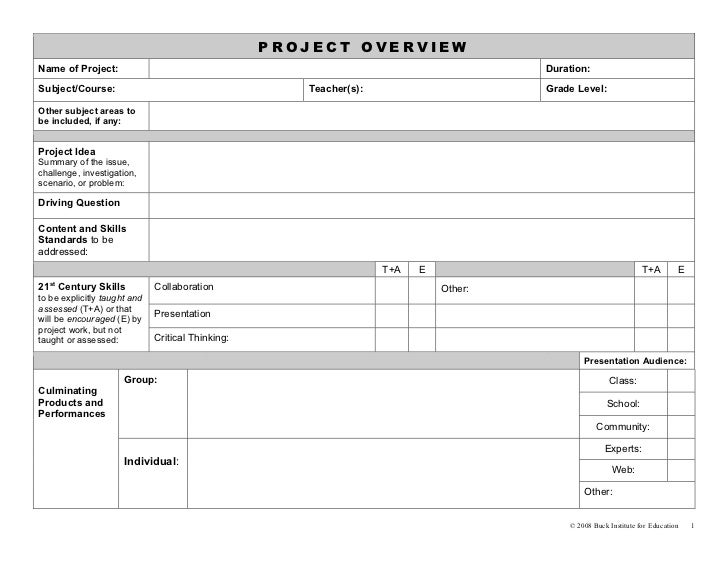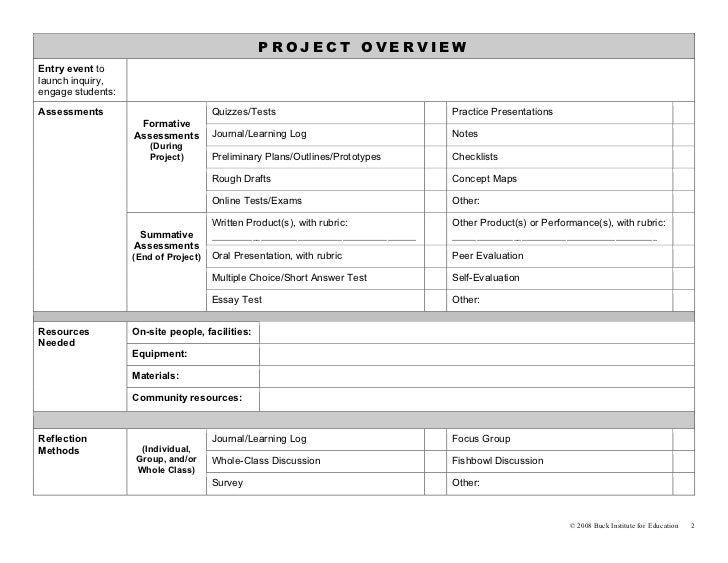
8 Steps to Project-based Learning in Your ESL Class
Have you considered implementing project-based learning (PBL) into your classroom?
This teaching and learning method is one in which students learn by actively exploring and investigating real-world problems and questions over an extended period of time.
PBL is a great way to help students make real-life connections with the material, as well as increase motivation and collaboration – all while having fun learning!
This post will go over eight excellent project-based learning ideas, and we’ll also cover why this method works so well and some common misconceptions.
Contents
- Getting Started with Project-based Learning
- 1. Expose students to engaging topics
- 2. Pose essential questions that will drive the project
- 3. Make a plan that lays out steps to follow
- 4. Create a schedule and post it in the classroom
- 5. Conduct research to explore the project’s essential question
- 6. Guide and monitor students during their research
- 7. Develop the final product that exhibits students’ learning
- 8. Reflect on what students have learned
- Misconceptions About Project-based Learning
- Sample ESL Project-based Learning Lesson Outline
- Teaching ESL Standards with Project-based Learning
Download: This blog post is available as a convenient and portable PDF that you can take anywhere. Click here to get a copy. (Download)
Getting Started with Project-based Learning
By following these steps, you’re much more likely to have success leading your ESL students into a project-based learning component.
1. Expose students to engaging topics
Project-based learning lessons are all based on solving a central question or problem. Ideally, these questions/problems are ones that are posed by the students. When students ask questions, this shows that they are actively engaged and thinking about the material. Hopefully, some of these questions can prompt further research, exploration and study. This is the beginning of PBL.
But before we can expect our students to ask questions, we have to start with exposing them to ideas. This can happen organically or intentionally. A book, field trip or newspaper article aligned to the students’ interests are all great ways to get the students thinking and asking questions.
2. Pose essential questions that will drive the project
Ideally, students will make observations and inquiries that can drive research and study. In many situations, however, you may need to help your students along by posing a central question for them. This can be especially necessary for ESL students, younger students and teachers who are new to PBL.
When developing your question, be sure to keep in mind that it should not be too easily answered.
If Google can instantly provide an answer to the driving question, then it is certainly not sufficient enough to propel meaningful research and study. The essential question should be one that can only be answered through the process of investigating and gathering information.
So let’s say a student asks the question, “How long is the term for state senators?” While we wouldn’t want to use that as a driving question, it would certainly be a great start. Instead, you might help them go a bit further and ask, “How could we create an information center at our school that teaches our peers about various government offices?” Now you have a question to explore that is also tied to a product that the students can create.
For ESL students, constructing this question can prompt an interesting lesson. Play around with alternative ways to word the question while maintaining the integrity of what is being asked. This can be the center of a lesson on sentence structure, interrogative sentences, vocabulary and more.
Let’s take our example, “How could we create an information center at our school that teaches our peers about various government offices?” Students can construct various ways to ask the same question:
How can we teach our peers about various government offices by creating an information center at our school?
Students can also play around by adding adjectives and adverbs to jazz up the question a bit. Or, they can find synonyms for words like “create,” “peers” and “various” for some meaningful vocabulary practice. What a great way to give your students the opportunity to practice finding new ways to say some of the most frequently used words.
Edutopia has a great article that thoroughly explains the process of crafting effective driving questions. Check it out!
3. Make a plan that lays out steps to follow
Once you have identified the question that will guide the project, it’s imperative that you and your students create a plan.
Having a plan in place will make things much easier—even if it needs to be changed later. This is a great opportunity to give your ESL students practice writing steps and outlines.
4. Create a schedule and post it in the classroom
With your plan outlined, you can now create a schedule. Just like the plan, the schedule may change, and that is perfectly okay. You’ll want to create loose deadlines around the key steps in your plan, and post the schedule in a place where the students can see and refer to it daily.
Oh, and remember to resist the temptation to take over control of developing and dictating the schedule. The students should have an age-appropriate level of responsibility over setting and keeping deadlines, as well as making adjustments as necessary.
5. Conduct research to explore the project’s essential question
This is the part where your students will delve into the bulk of the investigation. This may include conducting interviews, internet research, reading books, watching documentaries or anything else that helps the students explore the driving question.
ESL students will inherently need additional support for this step. You may want to do a little work for your students by doing some of the research for them and narrowing it down to a few level-appropriate articles from which they can choose.
News ELA is a great source to find articles on all sorts of topics, and these articles are adjustable by reading level! If your students are investigating a question dealing with sports, you can find relevant articles on varying levels and make them accessible to your students.
The video library of FluentU can also be a great source of information. This language learning program uses authentic videos to teach English, all with interactive subtitles. Students can search for terms, such as “U.S. government” and they’ll be guided to videos in which this search term appears.
6. Guide and monitor students during their research
During the research and investigation phase, you will serve as the students’ guide. You will also be paying close attention to how well the students are navigating the learning objectives.
You may see the need to pull some students aside and conduct mini-lessons or do some other form of more explicit instruction.
7. Develop the final product that exhibits students’ learning
Once the students have conducted their research and feel comfortable and knowledgeable enough to answer their driving question, they will work on developing a product that both showcases their learning and teaches others.
For some projects, this product will be created during the research/investigation phase, and the last step may only involve a presentation of some sort. Regardless, all students should have an opportunity to present their findings to an audience. This provides students some authentic practice speaking and answering questions, and will also challenge them to think critically about the work they’ve completed.
Using our sample essential question as a reference point, we’d obviously create an information center that would serve as the final product. The information center could showcase decorations, brochures, building models, drawings and writing samples.
You would ideally invite other classrooms and even the students’ families to showcase their work.
8. Reflect on what students have learned
This phase is commonly forgotten, but it’s very important nonetheless. After all is said and done, you will want to give your students the opportunity to reflect on what they’ve learned. They should have the opportunity to think about and share what they would do differently, specific parts that were successful or unsuccessful, and further questions that were raised during their study
Misconceptions About Project-based Learning
Before you head off to start preparing for an amazing project-based lesson, we should address some misconceptions. These are some of the most common myths and misconceptions that keep teachers from successfully implementing PBL in their classrooms.
Students completing an activity or making something qualifies as PBL
PBL is not the same as hands-on learning or learning in cooperative groups, although these things happen in project-based lessons. What sets PBL aside from all of this is that everything is driven by the students’ quest to answer the central question. Ideally, PBL is also student-centered and driven, which is not always true for group or hands-on activities.
Students should speak only English when working on the project
During the project, you should certainly encourage use of the English language as much as possible. However, there will be times where your students need to communicate or process new information in their native language.
Remember that PBL requires a lot from the student cognitively in comparison to traditional teaching methods. They are constantly communicating, analyzing and creating, and ELLs are doing this all while navigating new material in a foreign language.
There’s no place for explicit instruction in project-based learning
I believe that it is perfectly fine to carve out time for explicit instruction during the duration of projects as needed.
There may be times when you see your students struggling in a given area, or you identify a particular skill that needs strengthening in order to successfully complete the project. In those cases, feel free to pull a few students aside and give them a mini-lesson that can help them along.
PBL isn’t good for English language learners
Many teachers believe that PBL only works for “gifted” students or students who are performing at or above grade level.
The research simply does not support this notion.
ELL learners, as well as young learners and learners with disabilities, can all successfully and effectively participate in PBL. There are, however, considerations, adaptations and supports that can ensure that learners of all different backgrounds learn successfully from this cool way of teaching and learning.
Sample ESL Project-based Learning Lesson Outline
Here is a highly useful project overview from the Buck Institute of Education. It is specifically designed for ESL students and can be a huge lifesaver before or during the planning phase of any project.


Teaching ESL Standards with Project-based Learning
It’s not difficult to find teachers who find PBL a fun, engaging and effective way to learn. It is, however, difficult for most educators to find the balance between implementing project-based lessons and teaching the standards.
This is especially true for ESL teachers, because a large part of the content we teach is relatively concrete. For instance, grammar and sentence structure are most commonly taught through worksheets, drills and rote memorization. Thinking outside of the box and trying to teach these critical skills through a project can be extremely challenging for some teachers.
Although implementing PBL in the ESL classroom may require some creativity, it’s certainly possible.
It may involve working with a particular student to communicate his or her ideas with others in English either verbally or through writing. Some of this guidance may involve planned or impromptu grammar or writing lessons throughout the project. What better way to help students overcome common grammar errors than through authentic, in-class conversations?
Since these lessons are within the context of a bigger picture, they will be especially meaningful and the student can immediately apply and benefit from the learned skills.
What about vocabulary? As an ESL teacher, you know that the best way to teach vocabulary is in context.
Project-based learning is ideal in this way, because the students will very naturally encounter unknown words throughout the completion of their project. The great thing is that each of the words will have a meaningful context to the student, and you’ll be able to witness how this makes vocabulary acquisition less stressful and more fun.
Project-based learning sounds difficult to implement, but it’s actually pretty easy if you follow these steps.
Consider trying it in your classroom, to give your students more say in how and what they’re learning. They may just find themselves wrapped up in a new passion, and what teacher doesn’t want that?
Download: This blog post is available as a convenient and portable PDF that you can take anywhere. Click here to get a copy. (Download)


